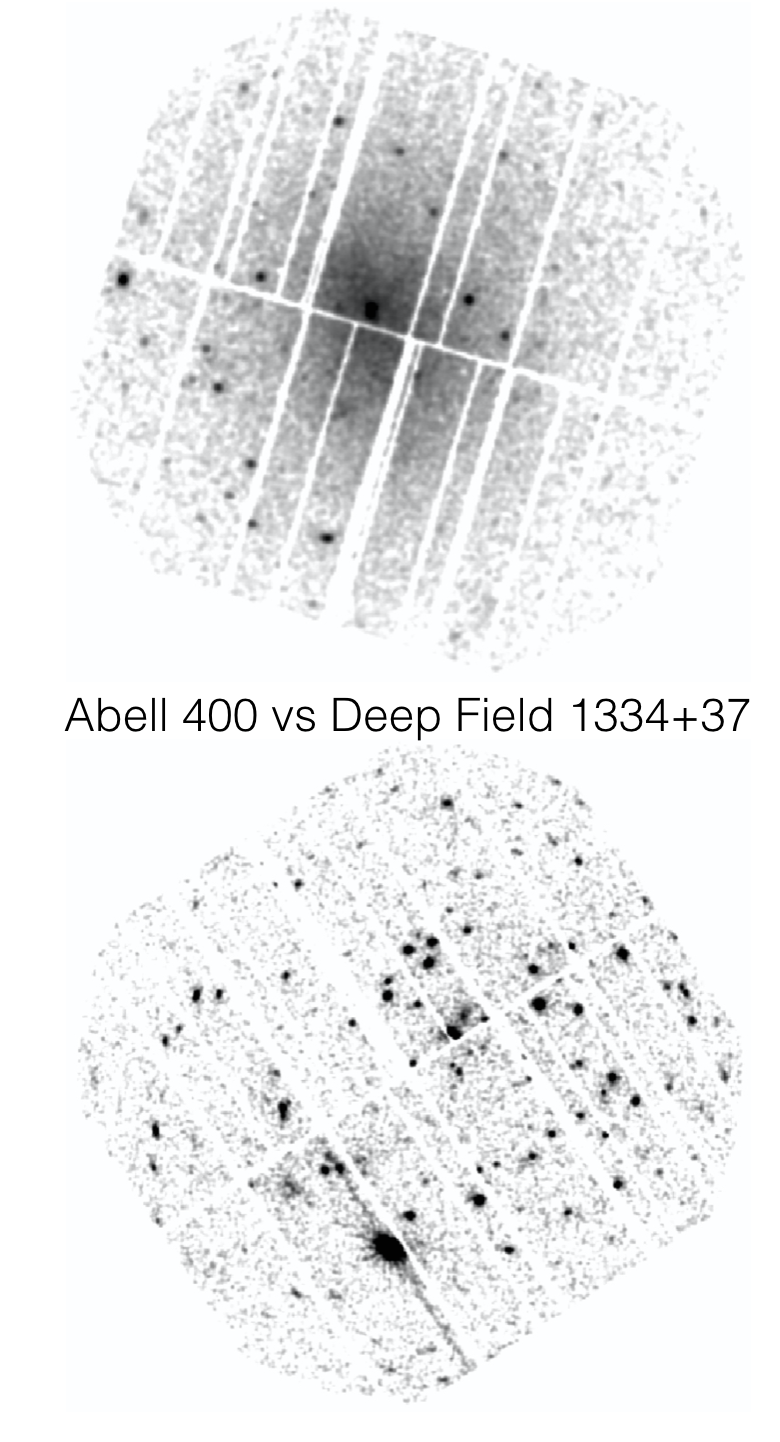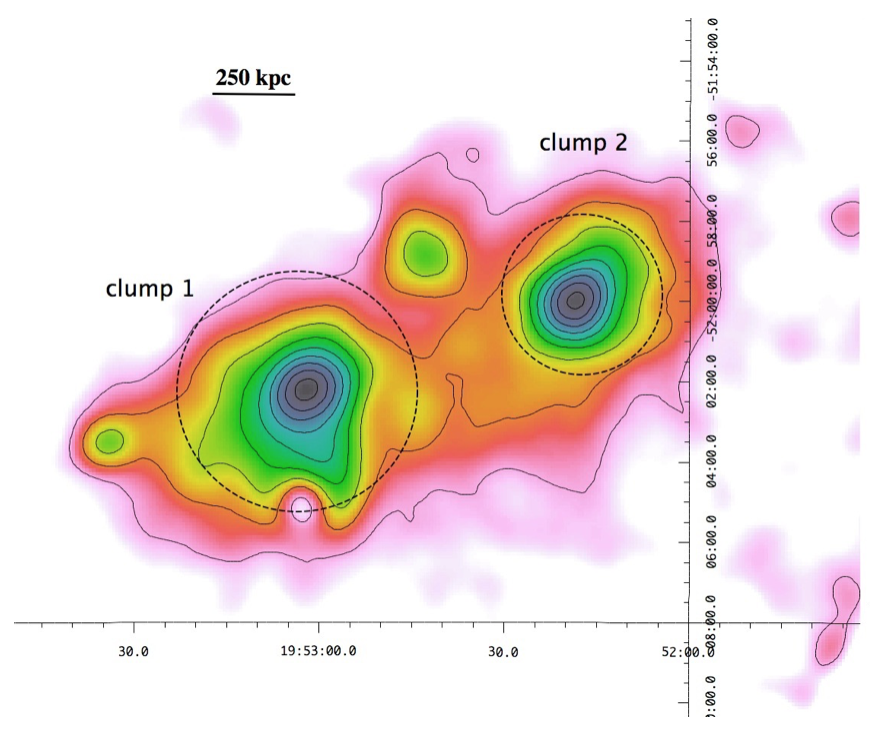About Me
Hello, I am a young passionate researcher, and I study large-scale structures of the universe. My main interest is clusters of galaxies, particularly, ICM dynamics, merging process and evolution of clusters of galaxies. In addition, I study X-ray sources from clusters of galaxies, in particular, galaxy evolution in clusters of galaxies, AGNs and XRBs. I have been mostly working with X-ray data from XMM-Newton and Chandra, but I also work with Suzaku, ASCA and NuStar X-ray data. Finally, I work with the largest AGN sample to understand the famous black hole mass - stellar velocity dispersion relation.
Here, you may find my recent research interests, the list of publications and my Curriculum Vitae.




